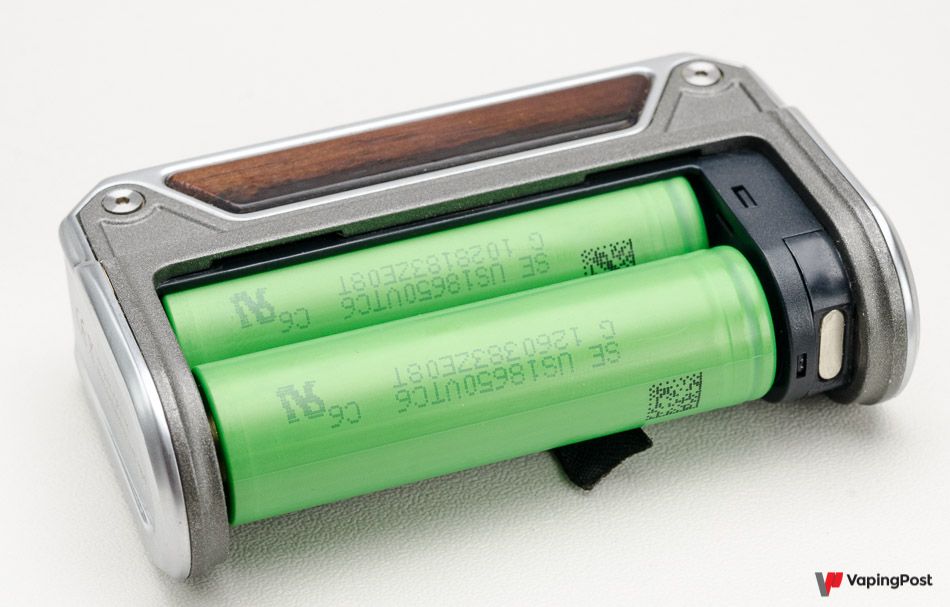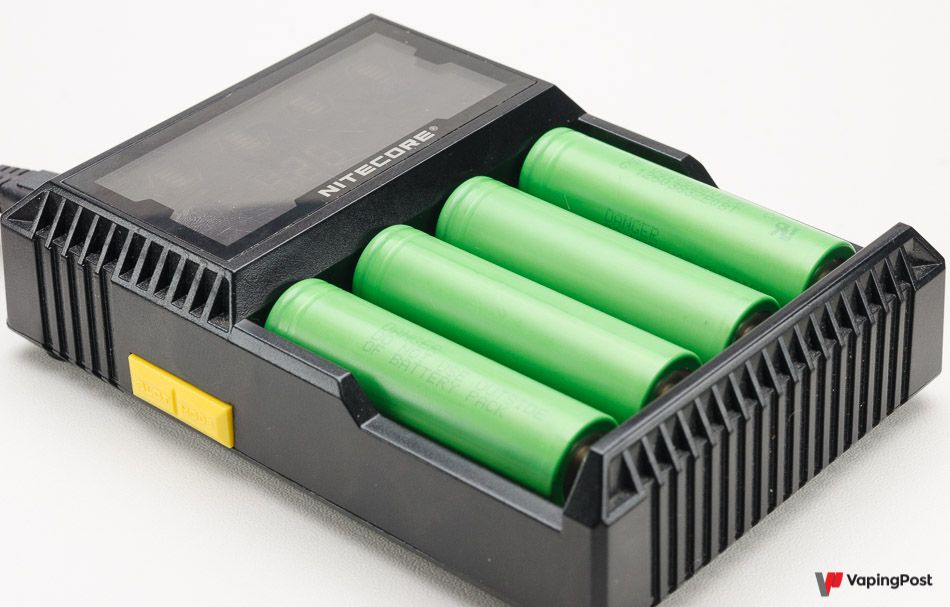How to extend the life of a battery?
The service life of a battery is measured as a number of charge-discharge cycles, and can vary considerably depending on how it is used. Below you will find some tips to help you extend the use of your batteries and keep them for as long as possible.
Avoid extreme use
 You probably already know that one of the main characteristics of batteries is their maximum discharge current, the maximum current that can be drawn from them. As explained in our article on the topic, this maximum current is determined to ensure that the battery does not exceed 80°C in operation, as it is damaged by heat.
You probably already know that one of the main characteristics of batteries is their maximum discharge current, the maximum current that can be drawn from them. As explained in our article on the topic, this maximum current is determined to ensure that the battery does not exceed 80°C in operation, as it is damaged by heat.
Therefore, it is obviously necessary to avoid extreme use causing the battery to overheat. Single high-current pulses will damage the battery, even if it does not reach 80°C externally, locally creating internal hot spots. And naturally, the more intense the pulse, the more pronounced the effect will be.
Simply put, the ideal battery operating temperature is between 20 and 45°C, which is obtained by not exceeding one quarter of their MDC, or maximum discharge current. This is clearly a considerable limitation. The key point to remember is that the further you stay from your batteries’ limits, the longer they will last.
One of the ways to do this is to use double-battery electronic boxes rather than single batteries. The power, therefore the current drawn from each battery, is halved, which is an excellent start. You can also use batteries with a high MDC. Feel free to refer to our article on batteries in electronic mods for more details.
This does not call into question the concept of MDC per se, but the further you stay away from it, the longer your batteries will last over time. And the more you push them to their limits, the more often they will need to be replaced.
Take care when charging
 Charging is the other important factor in extending the service life of your batteries. Never charge over 4.2 V, and never allow them to discharge below 2.8 V even though they can withstand up to 2.5 V. Most electronic boxes consider a battery to have run out when it is at 3.2 V, which leaves an appreciable safety margin.
Charging is the other important factor in extending the service life of your batteries. Never charge over 4.2 V, and never allow them to discharge below 2.8 V even though they can withstand up to 2.5 V. Most electronic boxes consider a battery to have run out when it is at 3.2 V, which leaves an appreciable safety margin.
The preferred operating storage voltage for Li-On batteries is from 3.6 to 3.7 V. The closer they remain to this voltage, the longer they last. In applications where replacement is complicated, they are charged at 3.9 V and charged again once they fall below 3.4 V so that they always operate around 3.6 V, which helps them last for years. If you want to extend the service life your batteries substantially, charge them at 4.1 V instead of 4.2 V typically. You will lose some battery life at each use, but you will gain a substantial difference in terms of its service life.
The charge current intensity is also a key parameter in extending the service life of your batteries. As discussed in our article on charging batteries, for their service life, it is preferable to charge them by slow charging. The benefit in terms of service life is however modest compared to standard charging, but sizable compared to fast charging. Conversely, an extremely low 200 or 300 mA charge is of no benefit compared to slow charging.
Finally, as discussed in our article on vaping when skiing, never charge a cold battery, always wait for it to return to ambient room temperature. Charging a cold battery causes metallic lithium to form inside, which can potentially cause internal short-circuits. Needless to say, in this case, the battery service life is no longer your biggest concern.
A question of compromise
In sum, the ideal conditions for extending the service life of your batteries as much as possible are:
- only charging up to 3.9 V
- using them at low current
- charging them again once their voltage drops to 3.4 V with slow charging at 500 mA
Obviously, this all takes place at an ambient temperature of 20°C, storing them charged at 3.7 V.
In practice, it is impossible to obtain all of these conditions together without making trade-offs in terms of convenience. However, if you take care of your batteries, by not pushing them to their limits and charging them properly, you could double or triple their service life. It is difficult to reconcile service life and convenience; it is up to you to find the most suitable compromise while ensuring safety.
To find out more…
Batteries are a huge topic; we have written a series of articles examining the question.
- As straightforward as it might be, battery charging requires some pointers and was well worth devoting an article to help you do so safely and effectively.
- However, a drop in battery performances, a battery impact or breach of the protective sleeve is bound to happen eventually. It is important to know when to replace a battery and how to dispose of it.
- For those who want to find out more, our article on key battery characteristics explains everything you need to know about the battery capacity and maximum discharge current, and how they are determined.
- And if you want to understand how to optimise your battery choice and use, our article on battery specifications goes into more detail on the concepts of internal resistance, voltage sag, rated voltage, and provides details on the different chemistries.
- Finally, if you are one of the many people who believe the serial / parallel battery configuration or set-up resistance to have some importance in terms of battery life or the current drawn from batteries in an electronic box, our article on choosing batteries in an electronic box is for you.
- On another note, an article on e-cigarette battery explosions. As the media feast on these stories, despite them being extremely rare, we thought it was important to review this explosive topic to understand it, and above all prevent it from happening to you.
Don’t forget!
- Never use a battery beyond its specifications, both for battery life and your safety.
- Always carry batteries in suitable protection; most of the rare accidents that occur are linked with transporting unprotected batteries.
- Only use batteries that are in perfect condition, free from scratches or impacts.
- Never throw a battery away, place it in a specific recycling container.













